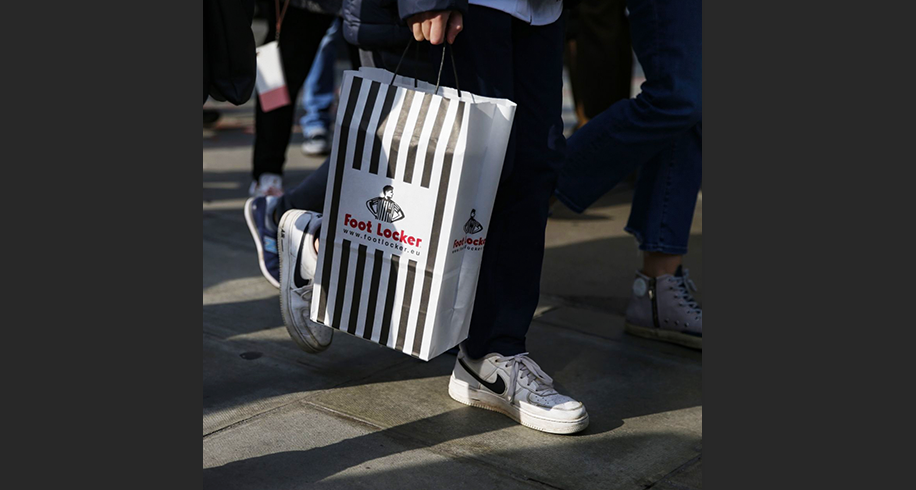<span style="color: #a3a3a3;">Bank of America Merrill Lynch upgraded Foot Locker to “Buy” as the investment firm believes Foot Locker’s momentum improved significantly over September and October given a shift in back-to-school sales in part due to Nike product momentum. Long-term, Foot Locker is expected to benefit from Nike’s move to tighten wholesale distribution.
Bank of America hiked its price target to $50 from $20. On Tuesday, shares of Foot Locker closed at $38.20. The retailer began the year trading at $38.99 and had sunk as low as $18 as the pandemic emerged.
In a note, lead analyst Robby Ohmes said that Nike makes up about 71 percent of Foot Locker’s sales across its chains and cited strength across Air Force 1, Air Jordan 1, Blazer, and Retro Jordan as signs of the brand’s momentum.
Other factors in the upgrade include Bank of America aggregated credit and debit card spending data for 129 mall-based retailers showing spending has turned positive in September and October, indicating mall traffic trends continue to recover.
Commentary by competitors, including Hibbett Sports, “suggests momentum in premium athletic footwear remains strong and should continue through Holiday with limited promotional activity (given clean channel inventory levels),” wrote Ohmes.
The analyst also said Foot Locker web traffic and Google Trends accelerated in September, likely due to this year’s Labor Day calendar shift and delayed back-to-school versus normalized selling in the year-ago period.
Long-term, Ohmes believes Foot Locker “should see market share tailwinds” as Nike moves to exit wholesale accounts that it determined do not support the company’s marketplace position. The decision to reduce distribution from “undifferentiated” channels of distribution was first announced in 2017 but the moves were accelerated this year.
Nike referenced the moves in its latest quarterly filing. Nike wrote, “We anticipate continued evolution within the retail landscape, driven by shifting consumer traffic patterns across digital and physical channels. Specifically, the evolution of the North America marketplace is resulting in third-party retail store closures, which is expected to be further accelerated as a result of the effects of COVID-19; however, we remain focused on building long-term momentum with our differentiated strategic wholesale customers fueled by our deliberate shifts in product allocations and investments in enhanced consumer experiences leveraging digital.”
Ohmes believes Nike’s top six strategy growth partners in the U.S. are Foot Locker, Hibbett Sports, JD Sports, which owns The Finish Line chain, Nordstrom, and Dick’s Sporting Goods.
Bank of America’s analysis further finds that about 70 percent of Foot Locker’s U.S. stores are located within two miles of an account Nike is exiting or that has announced significant store closures. The competitor stores in the analysis include seven chains — Belk, Bob’s Stores, Boscov’s, City Blue, Dillard’s, EBLens, and V.I.M. — that Nike is reportedly exiting. The list also includes JC Penney which has closed about 300 stores to date since filing for bankruptcy protection and Stage Stores which has liquidated.
Photo courtesy Barrons
















